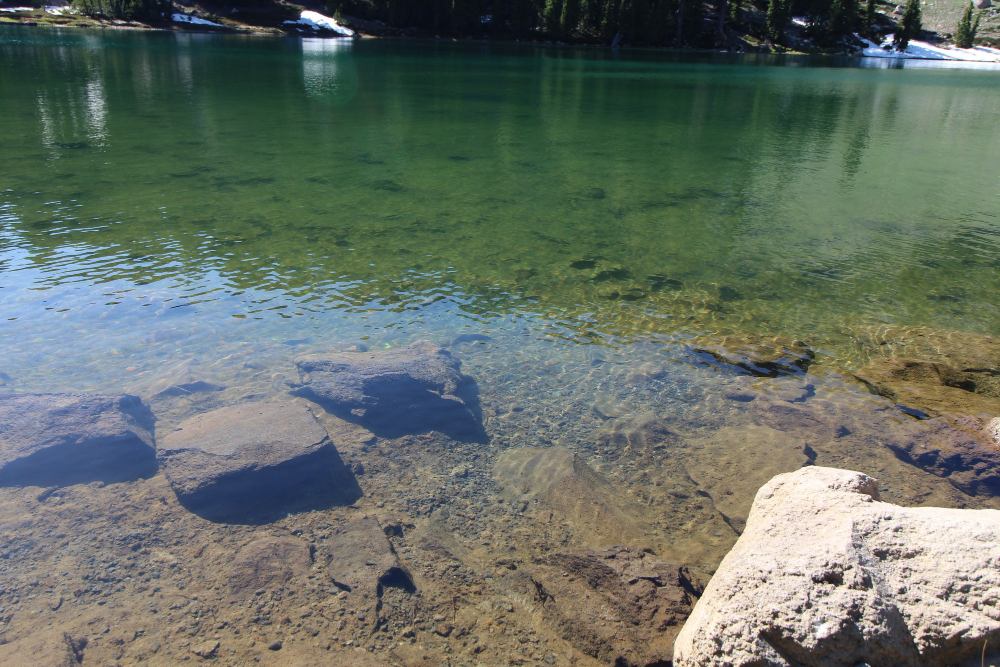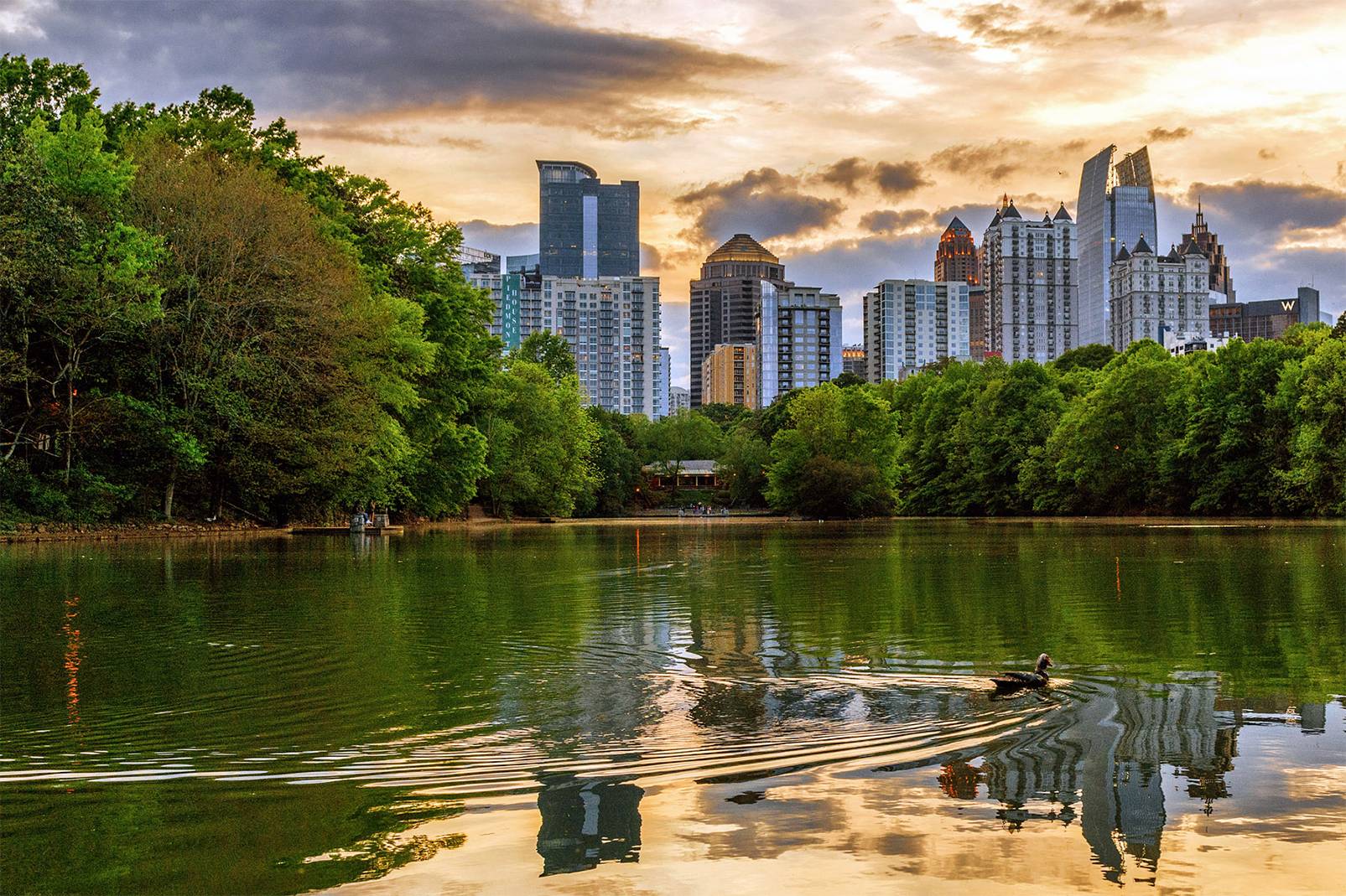
Maintaining a thriving pond ecosystem requires careful consideration of oxygen levels, a vital element for the well-being of aquatic life. Aeration, the process of infusing oxygen into water, plays a pivotal role in pond maintenance. In this article brought to you by Aquatic Restoration, we explore the essential practices of bottom-up aeration and surface aeration. We’ll look at their distinct characteristics, applications, and the benefits they bring to the rehabilitation of detention and retention ponds.
If you’d like to hire seasoned professionals to take care of your detention or retention pond maintenance, then call Aquatic Restoration. With over 35 years of industry experience, we have the expertise and equipment to revitalize your pond!
Bottom-up aeration, also known as subsurface aeration, involves the installation of diffusers or aerators on the pond bottom. These devices release oxygen bubbles directly into the lower layers of water, promoting circulation and creating a more uniform distribution of oxygen throughout the pond. This method is particularly effective in addressing issues related to stratification, where oxygen levels vary significantly between upper and lower water layers.
The key advantage of bottom-up aeration lies in its ability to target the root of the problem. By addressing the oxygen deficit in the deeper layers, this method supports the overall health of the pond ecosystem. It prevents the accumulation of harmful gases like hydrogen sulfide which can be detrimental to aquatic life. Additionally, bottom-up aeration enhances nutrient cycling, promoting the breakdown of organic matter and reducing the likelihood of algal blooms.
Surface aeration, on the other hand, involves agitating water at the pond's surface. This method employs devices such as fountains, paddlewheels, or surface aerators to disrupt the water's surface tension, effectively facilitating the exchange of gases between the water and the atmosphere. Surface aeration is particularly effective in oxygenating the upper water layers, which are crucial for supporting fish and other surface-dwelling organisms.

The primary advantage of surface aeration is its ability to enhance oxygen transfer and promote gas exchange at the water-air interface. This method is particularly effective in aerating shallow ponds or bodies of water with a high surface area. Surface aeration helps mitigate the risk of oxygen depletion in warmer weather when the upper layers of water are more prone to stratification.
To sum things up briefly, let’s consider four factors:
In conclusion, both bottom-up aeration and surface aeration are indispensable tools in pond maintenance, each with its unique set of advantages. The choice between the two methods depends on the specific characteristics of the pond, including its depth, size, and aesthetic considerations.
If you’d like to consult with a trained and experienced professional, or if you’d like to hire specialists, then call Aquatic Restoration to get in touch with a member of our team.
Sediment buildup is one of the biggest threats to lakes and ponds. It not only impacts water quality but also…
If you own a pond or lake, you know that proactive maintenance is an integral part of keeping the…
If you’ve ever walked outside and noticed your lake suddenly turn a murky shade of green, you’re not alone. Many…
Lakes are vital ecosystems that support wildlife, protect water quality, and enhance the quality of life for surrounding communities. Whether…
If you’re reading this, there’s a good chance you’re sick and tired of dealing with aquatic weeds that never…